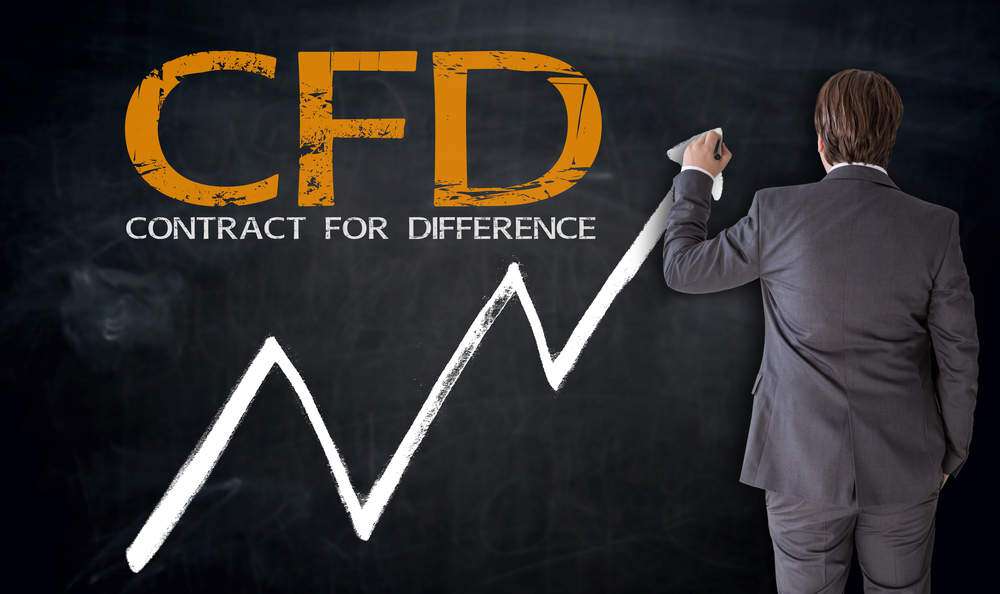What is an option?
What is an option?
Options are conditional forward transactions, i.e. derivates. Options offer the buyer the right not the obligation to create an underlying a predetermined price and within a predetermined price to buy or sell for a certain period of time. Options always refer to a so-called underlying. That underlying can be a stock, future, ETF, currency much more. An option buyer (Long) therfore buys for example, the right to purchase a share in a certain time period of time, to a share in a certain period of time,buy or sell at a certain price. Converserly, the optiom seller (Short) must sell the stock to a specific day or take it back. The previous certain purchase or sale price is called STRIKE. One Option always refers exactly to a strike, a date (expiration date) and underlying.

Buy Options (long)
Most investors buy options to protect their portfolio from falling prices. Of course, you can also protect yourself from rising prices. What sounds a bit grotesque for shares makes sense in future trading. Because if you are dependent on oil, for example, you might well want to protect yourself against rising oil prices. The buy side is called the LONG side. When purchasing the option, the maximum period (expiry date) and the strike are agreed. The option has a certain price at the time of purchase. When the order is executed, this premium is credited to the seller of the option. The purchase price is not fictitious, but rather the value of an option is composed of various criteria, but more on that later. If the price of the underlying is now below the strike on the expiry date, you can have the underlying delivered to you at the strike price. The premium paid remains with the option seller.
Sell Options (Short)
We are mostly compare the option sale with the sale of insurance. The seller collects a premium on the sale. For this premium, he must now guarantee the buyer something. The seller can always keep his premium. However, he guarantees to deliver the underlying to the buyer in the event of a certain situation. The seller receives this premium in options trading, as he guarantees the buyer to deliver or purchase an underlying at a certain price. The seller side is called the SHORT side or a optionwriter.
Option writer
When selling the option, as with the purchase, the maximum period (expiry date) and the strike are agreed. The option has a certain price at the time of sale. When the order is executed, this premium is immediately credited to the seller’s account. If the price of the underlying is now below the strike on the expiry date, you must deliver the underlying at the strike price. The premium collected remains.
Option Pricing
The market determines the premium of an option through supply and demand. However, much research has been done on options pricing, most importantly, the Black-Scholes model. In essence, these models explain that in a risk-neutral world, we can determine a fair market value for options. At this fair market value, the option premium is in equilibrium with the expected discounted return of that option.
There are two components to option prices:
- The intrinsic value is the amount, by which the option is in the money. Therefore, the intrinsic value is always greater than or equal to zero. On expiration day, the intrinsic value becomes the amount the holder of the option receives, and the writer of the option owes.
- The extrinsic or time value is the remainder after we subtracted the intrinsic value. This value reflects the probability of reaching or exceeding the strike price by expiration. The time value decays and becomes zero on the expiration day.
Options on stocks and ETFs are physically settled, meaning that the underlying changes hands, when the option is executed. Index options cannot be settled physically, and are therefore settled in cash instead: the option holder receives the amount by which the option is in the money from the option writer.
What is the put/call ratio?
The put/call ratio is a ratio that indicates the number of put options sold to the number of call options sold on a specific underlying asset, such as stocks. It is used to analyze the sentiment of market participants and predict possible trends. A high put/call ratio may indicate that many market participants are concerned about a falling price of the underlying asset, while a low put/call ratio may indicate that many market participants are optimistic about a rising price of the underlying asset.


